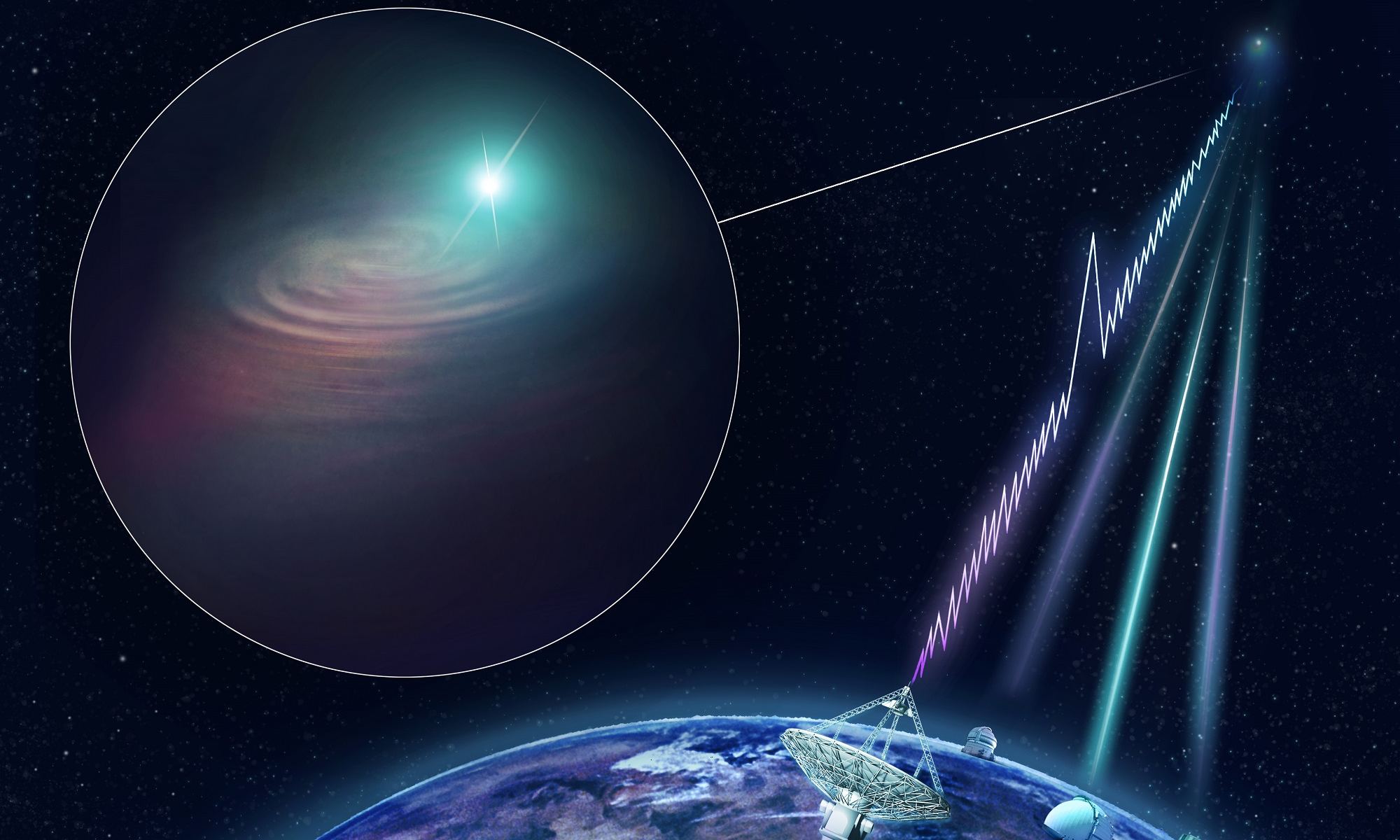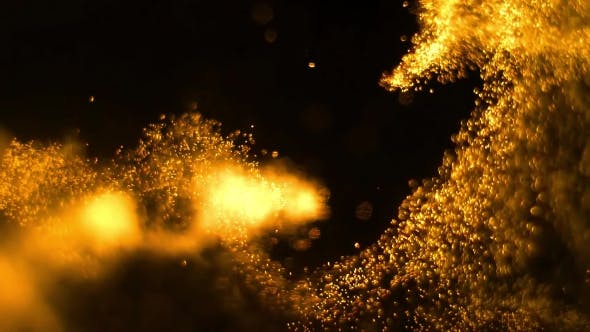
By going over old data collected by the Voyager 2 spacecraft in 1986, two scientists at NASA’s Goddard Space Flight Center have made the startling discovery that Uranus’ atmosphere is gradually escaping into space.

The CHIME radio telescope array has detected nine new fast radio bursts on repeat, which are revealing things about this strange phenomenon.

Scientists using the Hubble Space Telescope have detected quasars sending outbursts of energy roaring through their galaxies, according to new research.

The planet’s extreme daytime heat combined with the super-cold (minus 200-degree Celsius) temperatures in the permanently shadowed craters might be acting like an “ice-making chemistry lab.”

Scientists identified the cause of the unusual single-sided pulsation of the star named HD 74423. It is located in a binary star system with a red dwarf - its close companion distorts the oscillations with its gravitational pull.

Astronomers have released a catalog of 316 trans-Neptunian objects (TNOs) - minor planets located in the far reaches of the Solar System - detected from the first four years of the Dark Energy Survey.

It's calculated that, thanks to rapid inflation, the universe may contain more than 1 googol (10^100) stars, and if this is the case then more complex, life-sustaining RNA structures are more than just probable, they're practically inevitable.

The molecules were extracted by the Curiosity rover from a mudstone section of the Gale Crater. Scientists have concluded that we can't rule out those molecules actually have a biological origin.

Researchers have found that the lettuce, grown on board the International Space Station, is as nutritious as counterparts grown on the Earth, an advance that may help astronauts grow safe, fresh food during space missions.

Follow the story of golden atoms from their birth in stellar explosions via incorporation into formation of our planet to their coming together in a golden nugget and appearance in the Earth's crust.

US astronomy student Michelle Kunimoto has discovered 17 new planets, including a potentially habitable, Earth-sized world, by combing through data gathered by NASA.

A robotic servicing spacecraft has hooked up with an aging satellite over the Pacific Ocean. It accomplished the first link-up between two commercial satellites in space, and the first docking with a satellite that was never designed to receive a visitor.

Astronomers have found an exoplanet more than twice the size of Earth to be potentially habitable, opening the search for life to planets significantly larger than Earth but smaller than Neptune.